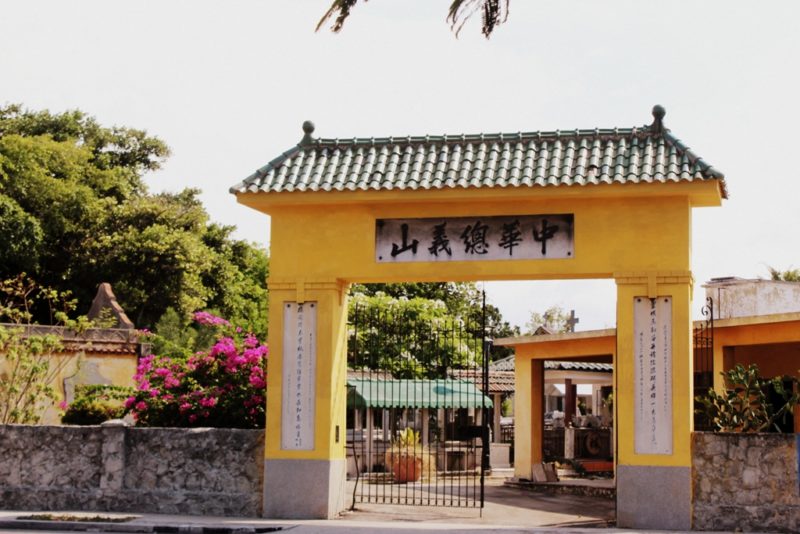The Chinese Cemetery of Havana

Photo Feature by Ernesto Gonzalez Diaz
HAVANA TIMES – Located on 26th Avenue and Zapata, just a few meters from the majestic Colon Cemetery, is the Chinese Cemetery of Havana. Founded in 1893 and declared a National Monument in 1996, it is a small cemetery of approximately 8,000 square meters that not only holds the remains of several generations of Chinese settlers in Cuba but is also a cultural treasure that makes it a heritage of the city.
In December 1882, the first Chinese consul in Havana, Liu Liangyuan, began the process of building a cemetery exclusively for the Chinese, as by that time there were already thousands of Chinese who had emigrated to the island. This project directly clashed with the opposition of the Catholic Church, which put up all kinds of obstacles until the authorities granted permission in 1893, eleven years later, on land that belonged to the Cuban doctor Federico Kholy and which he himself sold to the Chinese societies for 8,000 pesos of that time.
It is formed by four irregular plots, cut by two crosses that mark the basic layout and represent the sky, the earth, the world of the living, and the world of the dead. Inside, obelisks, niches, vaults, and false vaults, known as Chinese walls, stand out, as well as more modest graves dug into the ground. Lion sculptures adorn vaults and chapels, as is traditional in Chinese funerary art with the symbolic intention of warding off “evil spirits.”
In this cemetery, only Chinese born, their spouses, and their descendants up to the second generation currently have the right of burial. The deceased are placed in the niches of the Chinese society to which they belong or in private vaults. The chapels that are owned by private institutions are only used as ossuaries.
Unfortunately, the state of preservation is not what a place with so much cultural value and history should have.





